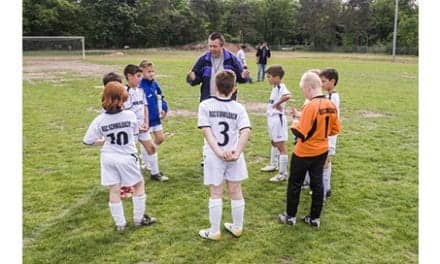Researchers at the Stanford University School of Medicine have conducted a stem cell research study that sheds light on why normal aging is accompanied by a diminished ability to regain strength and mobility after a muscle injury. According to a Stanford University Medical Center news release, the scientists determined that over time, stem cells within muscle tissues dedicated to repairing damage become less able to generate new muscle fibers and struggler to self-renew. The paper describing the research is published in Nature Medicine.
The scientists identified the process by which the older muscle stem cell populations can be rejuvenated to function like younger cells. Helen Blau, PhD, explains, “Our findings identify a defect inherent to old muscle stem cells. Most exciting is that we also discovered a way to overcome the defect. As a result, we have a new therapeutic target that could one day be used to help elderly human patients repair muscle damage.”
The research team found that many muscle stem cells isolated from mice that were 2 years old exhibited elevated levels of activity in a biological cascade called the p38 MAP kinase pathway. The Stanford University Medical Center notes that the pathway impedes the proliferation of the stem cells and encourages them to become non-stem. Researchers used a drug to block this pathway in old stem cells, which allowed them to divide rapidly in the laboratory and make a large number of new stem cells that can repair muscle damage.
Benjamin Cosgrove, PhD, one of the lead authors of the study, states, “We’ve now shown that muscle stem cells progressively lose their stem cell function during aging. This treatment does not turn the clock back on dysfunctional stem cells in the aged population. Rather, it stimulates stem cells from old muscle tissues that are still functional to begin dividing and self-renew.”
The researchers plan to continue this research to discover if the new technique could be used in humans. Blau says, “This really opens a whole new avenue to enhance the repair of specific muscles in the elderly, especially after an injury. Our data pave the way for such a stem cell therapy.”
[Source: Stanford University Medical Center]





